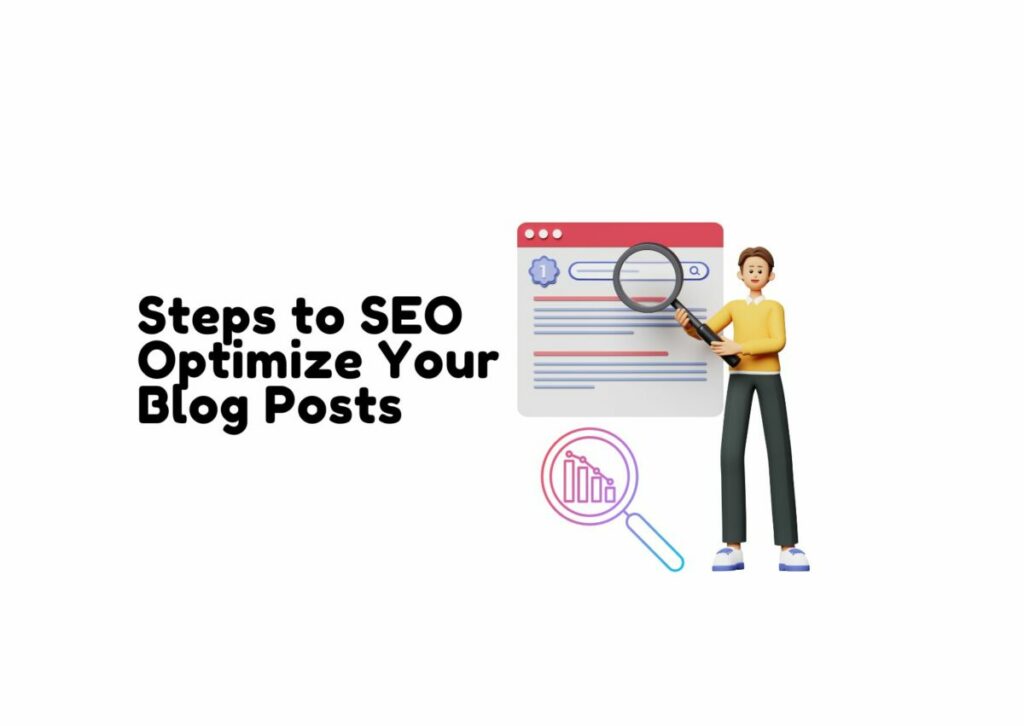Public relations (PR) and search engine optimization (SEO) might seem disparate, but they’re increasingly intertwined in today’s digital landscape. Leveraging PR engagement metrics can significantly bolster your SEO efforts by driving meaningful interactions and improving your content’s visibility and reach. When you understand and measure these metrics effectively, you can refine your strategy to enhance your PR campaigns and SEO performance.
PR engagement metrics such as media impressions, reach, and sentiment analysis offer valuable insights into your brand’s presence and audience engagement. Integrating these metrics into your SEO strategy allows you to create content that resonates more with your target audience and generates higher engagement rates. For instance, tracking sentiment analysis helps you gauge the public’s reaction to your content, enabling you to tailor your message to foster a positive perception and improve your SEO rankings.
Consider the case where a brand is mentioned in numerous high-authority publications with positive sentiment. This elevates your PR performance and boosts your SEO by increasing backlinks and driving organic traffic. Integrating PR and SEO metrics ensures that your content strategy is not just about creating content that genuinely connects and engages with your audience, ultimately driving sustainable growth and success for your brand.
What Are PR Engagement Metrics

PR engagement metrics are essential tools for measuring the success of your public relations efforts. These metrics allow you to understand how well your PR campaigns resonate with your audience.
Engagement Metrics
These include the number of likes, shares, comments, and interactions your content receives on social media platforms. High engagement indicates that your audience finds your content valuable and engaging.
Media Coverage
Tracking media coverage helps you gauge the breadth of your campaign’s reach. You can measure the number of media outlets covering your story, as well as the prominence and tone of the coverage.
Key Performance Indicators (KPIs)
KPIs are specific metrics that help you measure the effectiveness of your PR strategies. Common PR KPIs include brand mentions, share of voice (SOV), and domain authority.
Impact
Impact metrics show the real-world effects of your PR efforts. These could include increased website traffic, higher sales figures, or improved brand perception.
Sentiment
Sentiment analysis helps you understand how your audience feels about your brand. You can assess public sentiment by analyzing the tone of media coverage and social media interactions.
Media Monitoring
This involves keeping track of all media mentions of your brand. Effective media monitoring tools allow you to identify trends and respond promptly to news that impacts your organization.
Brand Mentions
Monitoring brand mentions helps understand the frequency and context in which your brand is mentioned online. Frequent positive mentions suggest strong brand recognition and reputation.
Share of Voice (SOV)
SOV is the percentage of all online content and conversations about your industry or topic that mention your brand. A higher SOV indicates a dominant position in the market.
Domain Authority
Domain authority measures the credibility and strength of your website, and it can be influenced by PR efforts, earned backlinks, and media features.
The Science Behind Audience Search Behavior

Understanding how your target audience interacts with search engines is essential for effective SEO. People often search engines like Google to find information, solutions, and products. Each search action can offer insights into user behavior that directly impact your website’s performance.
Google Analytics helps track these interactions. By analyzing click-through rates (CTR), bounce rates, and average session duration, you can gauge how engaged visitors are with your content.
The Google algorithm influences audience behavior. Search engines prioritize pages that provide high-quality, relevant content. Users tend to click on links at the top of search results, indicating the importance of search engine rankings.
AI also plays a role by personalizing search results based on past behavior. Google’s machine learning models can predict and cater to user preferences, making it crucial to tailor your content to meet these expectations.
Utilizing tools like Google Search Console, you can monitor your site’s performance in organic search and pinpoint which keywords are driving traffic. This data is invaluable for content creation and optimizing your messaging to attract more visitors.
Different traffic sources can reveal varying behaviors. For instance, organic search traffic might have a higher engagement rate than paid ads. This shows the importance of a well-rounded strategy combining SEO and PR efforts.
Measuring the Impact: Tools and Techniques
To gauge the effectiveness of your PR efforts, you’ll need to utilize a variety of tools and techniques. These resources help you capture essential engagement metrics and offer valuable insights.
One vital measure is site traffic, which you can track using tools like Google Analytics. Pay attention to your bounce and conversion rates to see how engaging your content is.
Media impressions play a critical role in understanding your reach. Use media monitoring tools to count the number of times your brand’s message appears in media outlets. For instance, Brand24 excels at social listening.
Social media engagement is another crucial metric. Social Status can provide automated social media reports detailing likes, shares, comments, and engagement.
Key performance indicators (KPIs) like positive sentiment and earned media are valuable in measuring the impact on your brand’s reputation. Sentiment analysis tools can help determine whether the public’s response to your PR campaigns is favorable.
Regarding PR measurement, sentiment analysis will help you distinguish between positive sentiment and negative feedback. Utilizing tools that analyze social media metrics is essential here, ensuring your efforts are on the right track.
Lastly, don’t overlook website traffic generated from your PR campaigns. Monitoring your referral sources will highlight the fruits of your PR endeavor.
Real-World Applications: Integrating PR Metrics into SEO Strategy
Integrating PR metrics into your SEO strategy can profoundly impact your brand’s online presence. You don’t just boost visibility; you solidify your brand’s reputation and authority.
Measuring media coverage is crucial. The more inbound links you earn through PR efforts, the higher your domain authority grows. This positively affects your search engine rankings.
Media mentions, and brand mentions serve as direct indicators of your brand’s reach. You can gauge how well your PR campaigns resonate with your target audience by monitoring these mentions. You’ll want to use media monitoring tools for this.
Now, let’s talk about sentiment analysis. It helps you understand the public perception of your brand. Positive sentiment correlates with better engagement and, ultimately, higher website traffic.
Share of voice (SOV) is another powerful metric. It shows your brand’s visibility compared to competitors. A higher SOV typically leads to increased referral traffic and conversion rates.
Tracking social media engagement provides invaluable insights. Likes, shares, and comments reflect how engaging your PR content is. High engagement can amplify your SEO efforts by driving more visitors to your site.
Think about earned media value (EMV). Calculating the EMV of your PR campaigns can offer a dollar figure to the visibility you’re gaining, just like you do with advertising value equivalency (AVE).
Let’s not forget the quality of coverage. Higher-quality mentions from reputable sites boost traffic and lend credibility to your brand. Over time, this helps in reputation management.
Don’t ignore social listening. You can refine your strategy by analyzing competitors’ mentions and stay ahead. This competitive edge can translate into better PR KPIs, enhancing overall SEO performance.
Future Trends in PR and SEO Integration
Integrating PR and SEO has become crucial for engagement as the digital landscape evolves. Adapting strategies to stay ahead in this ever-changing field would be best.
Video Content is becoming indispensable for SEO. By 2025, digital video viewers are expected to reach 3.78 billion. Incorporating video into your PR campaigns can significantly boost engagement and traffic.
Voice Search Optimization is gaining prominence. The rise of smart speakers and virtual assistants makes content tailored for conversational queries essential. Including natural, conversational phrases in your content strategy will help you reach a broader audience.
AI and Analytics play a vital role in shaping PR and SEO strategies. Advanced tools provide deeper insights into metrics like sentiment and engagement. Leveraging AI can help you predict trends and measure the impact of your campaigns more accurately.
Effectively using KPIs (Key Performance Indicators) is key to a successful integration strategy. Set clear goals for PR and SEO efforts. Metrics like traffic, reach, and engagement should align with your business objectives.
Personal Branding and ethical communication are critical. Your PR campaigns must reflect authenticity and transparency to build trust. This contributes to better engagement and a favorable sentiment among your audience.
Technological Integration in your campaigns is not just an option but a necessity. Utilize digital assets, such as infographics and interactive content, to enhance user experience and drive meaningful interactions.
Stay updated with market dynamics to craft strategies that resonate with modern consumers. The synergy between PR and SEO can help you tackle opportunities and problems cohesively.

